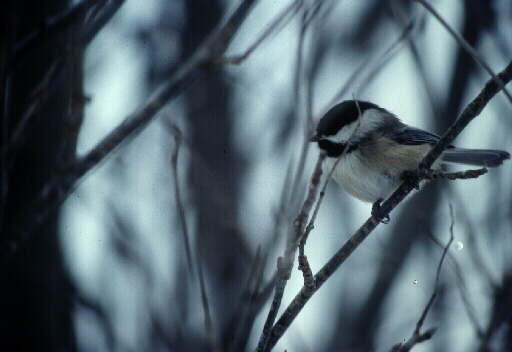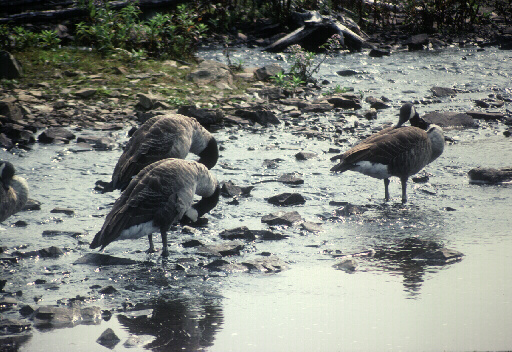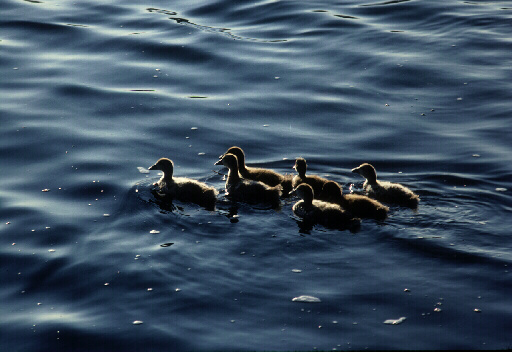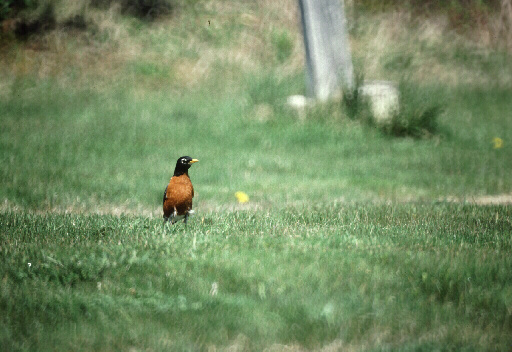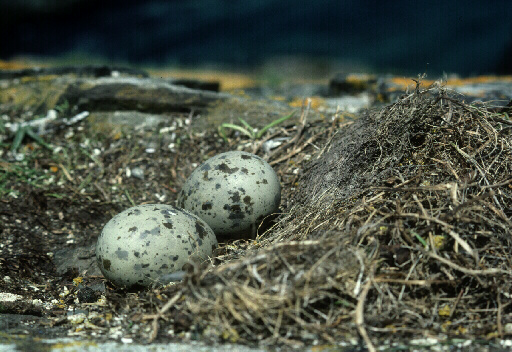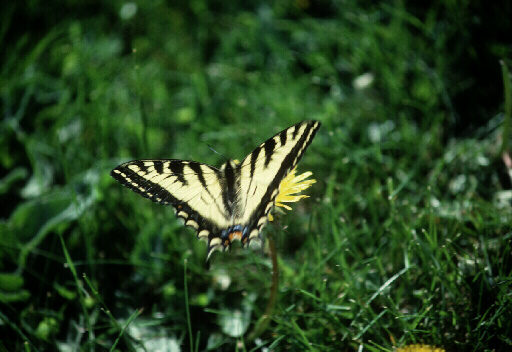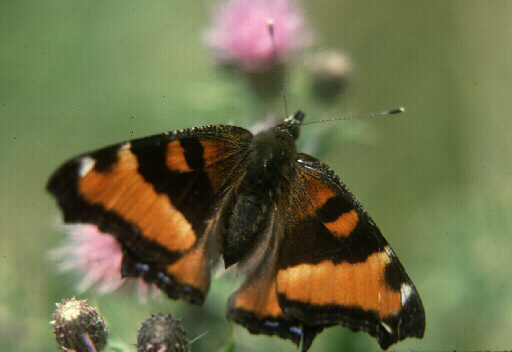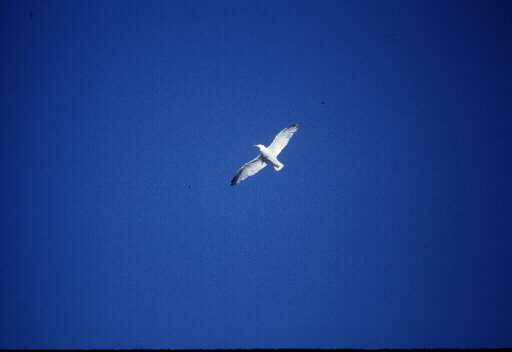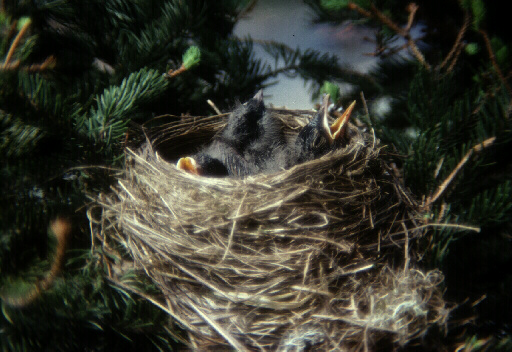BIRD WATCHING
The sea bird watching during springtime in Newfoundland has been described by international experts as the best in the world. Over 35 million seabirds congregate here every year. Newfoundland and Labrador has 95% of North America's Atlantic Puffins, 80% of North America's Murre population, over half the leech Storm Petrels in the world, and the most accessible Northern Gannet colony on earth. Newfoundland has six internationally recognized breeding sites within the following Ecological Reserves: Witless Bay, Cape St. Mary's, Hare Bay Islands, Baccalieu Island, Funk Island, , and Gannet Islands. Newfoundland is North America's gateway to Europe, the province has a vast array of habitats where a lot of species of inland birds. The Avalon Peninsula Boost the Witless Bay, Cape St. Mary's, and Baccalieu Island Ecological Reserves. Newfoundland and the Avalon Peninsula, truly a bird watchers paradise.
|
You know there is something unique about an island that attracts 35 million seabirds every year. Lots of food and good nesting places. There are more than 60 major seabird colonies ranging in size from 500 to six million birds, and the largest of these are easily accessible.
|
The Avalon Peninsula has three major seabird reserves. The Cape St. Mary's Ecological Reserve has several thousand pairs of Northern Gannets nesting on the top of a Sea Stack that is at eye level about 50 metres away. It may be the most easily accessible gannet colony on the planet. You can almost reach out and touch them. The best viewing is about a 15 minute walk from the interpretation center.
|
The Witless Bay Ecological Reserve is a great place to watch Atlantic Puffins. About 95% of all the Atlantic Puffins that in North America Breed in Newfoundland and Labrador. So do more than 80% of all the Murres, both common and thick billed. In this reserve you can take a boat tour to the islands where the birds nest.
|
On Baccalieu Island the foxes have plenty to eat during the summer. Thats because six million Leach's Storm Petrels nest there. But you will nedd to be patient if you want to see this bird. The petrel only comes out to feed at night.
|
Many colonies are on steep sided islands along the coast. Tour boats bring passengers right up to the colonies, but you cannot land. The islands are protected from human encroachment and other land based predators, and in many cases the islands are too dangerous to attempt a landing. Guided Tours are available.
|
The food is a continuous buffet of caplin, sand lance, cod, herring, and just about anything else that swims by.
|
More than 350 species of birds have been spotted in Newfoundland and Labrador including many strays. Every spring and fall during migration birders eagerly anticipate finding birds off course from Eurasia or the Caribbean.
|
Check out the nf.birds newsgroup to keep up on all the latest Newfoundland Birding News.
|
|
|
|
| COLONY OF AVALON | ACCOMMODATIONS | TOURS | HOLYROOD | MAPS OF NEWFOUNDLAND | FREE MAPS



